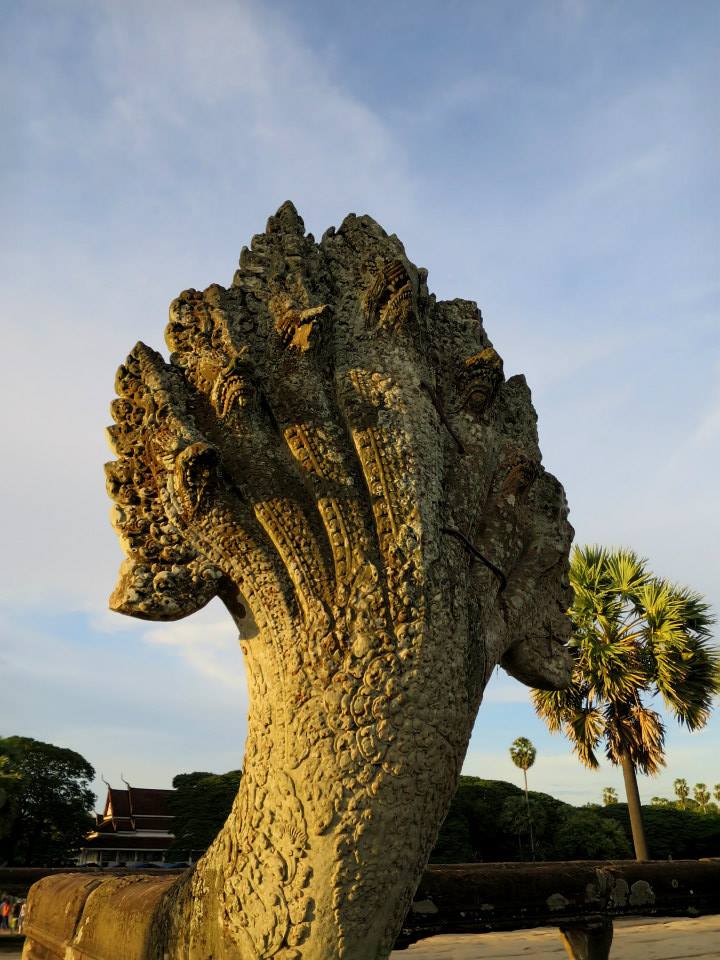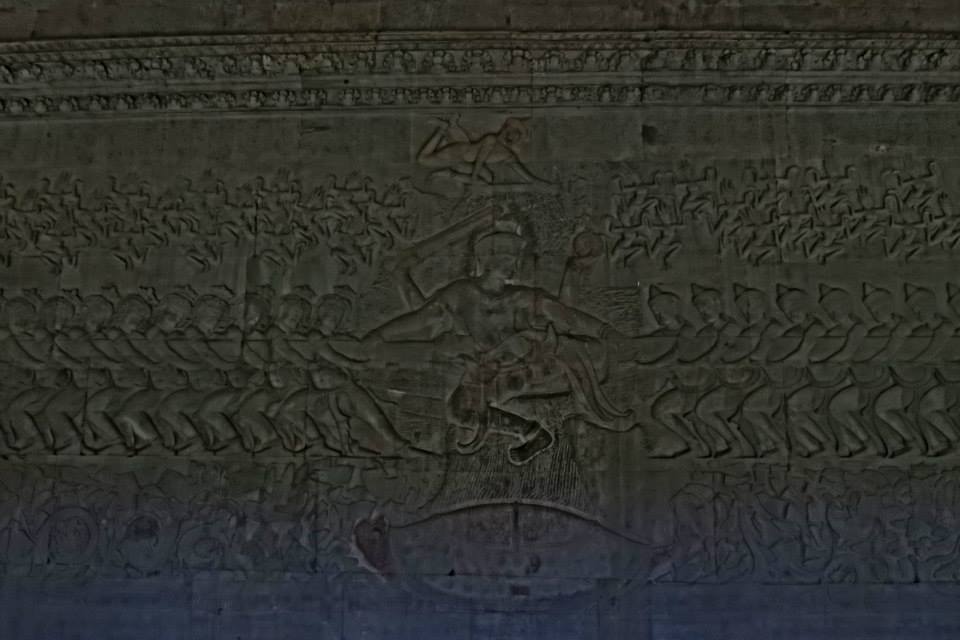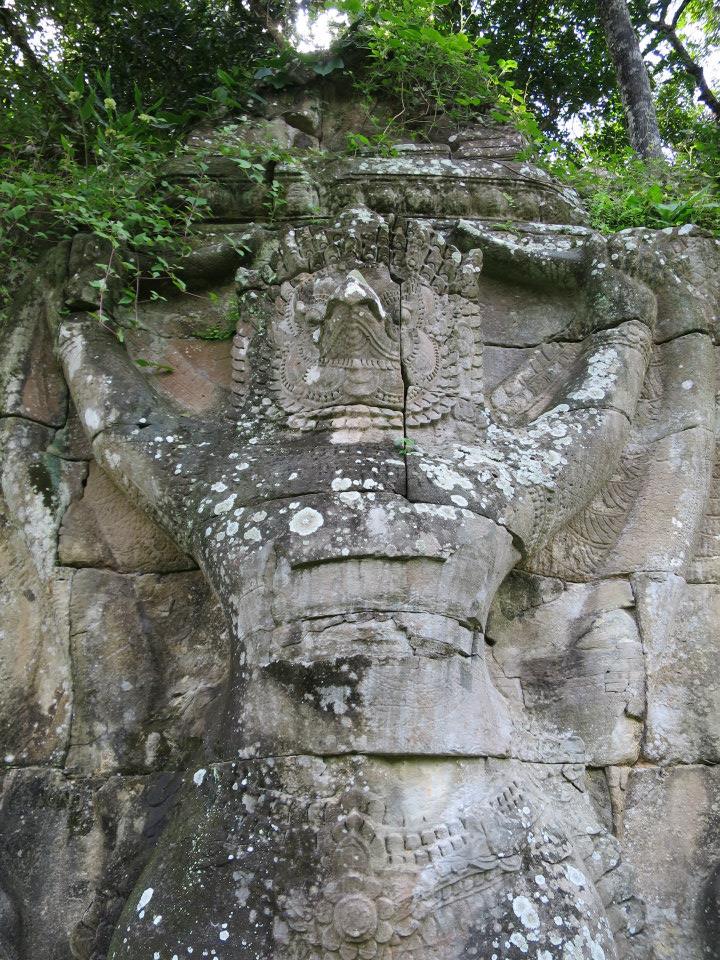Angkor Through an Art Student’s Eyes
It pays to do some research before jetting off, especially if it involves a culture one is not immediately familiar with. I did mine five years before setting foot in Angkor, the temple-dotted capital of the ancient Khmer Empire, and it saved me a tidy sum when I finally made the trip.
I have the Asian art history classes I took at the university to thank for that. A whole semester of studying images of the ancient ruins and the carvings that depict Buddhist and Hindu iconography in Cambodia and other parts of Southeast Asia was challenging at the best of times, but I had that feeling that all that information would come in handy some day. We would be better prepared than tourists who planned to rely on a guide.
Since then, I endured bouts of envy induced by classmates, couchsurfers, backpackers and exchange students who got there before me. Telling them about my visits to faraway destinations was my way of getting back at them.
It took a while for me to start visiting places closer to Singapore, but going to Siem Reap (the most popular base for exploring the ruins) first was a no-brainer when I eventually did.
“Sir, would you like a guide?”
“Guidebook! One for one dollar!” (These are usually counterfeit copies)
Saying ‘no thanks’ to touts never felt easier. My guide was already inside my head. It weighed nothing and I paid a semester’s worth in tuition fees for it.
Seeing the very places that I had to write about as a student was such a thrill. I could point out the various legends which I recognised in the galleries of Angkor Wat on my own and study them without someone urging me to move on. When one already knows what the Churning of the Ocean of Milk is about, the details become apparent. Specific deities and demons are recognisable from their multiple heads and arms; as they pull on the serpent, the vortices cut up the sea creatures close to the centre of the relief. High above all this, the apsaras dance and cheer as the elixir of immortality is raised.
It was also fun to share the knowledge and save my companions from the hostel a bundle. Talking about Mount Meru and the concept of the temple-mountain adds another dimension to their understanding of these enormous structures and why they are such a pain to climb. After a few hours of looking at and scaling carved sandstone, everything starts to look the same to the uninitiated. Pointing out the highlights every now and then becomes necessary to sustain their interest and forestall pleas to return to Siem Reap prematurely.
The knowledge also drove me to visit the temples further away, such as those on the Grand Circuit, Banteay Srei and the Roluos group, to see for myself the stylistic differences from one era to the next.
The best part is that anyone can access some of the resources that we used in our university. If you would like to read about the temples of Angkor, Roluos and beyond from a sculptor’s point of view, look for the late Philip Rawson’s The Art of Southeast Asia. There are also a few suggestions on this TripAdvisor forum thread.
Yes, there were limits to my memory and our knowledge of the ancient structures, as we were more interested in the aesthetics and iconography than the history of the Khmer empire, but these gaps were quickly filled by a Google search back at base. Perhaps the only thing I missed out on was the personal stories from an excellent tour guide about his or her past experiences at the sites.
We probably weren’t going to find such a person at the entrance anyway.
Did you visit Angkor with a guide? How was the experience?





18/06/2015 @ 1:16 PM
Ahh! This is a lovely different perspective!